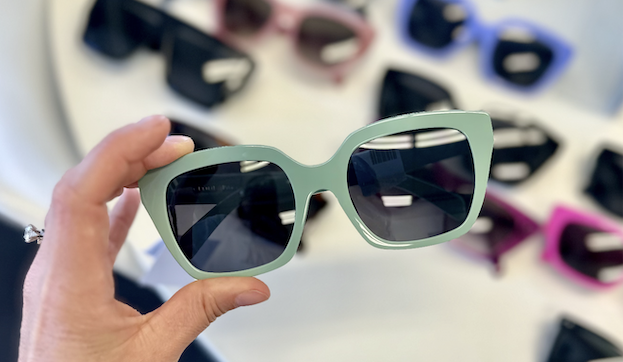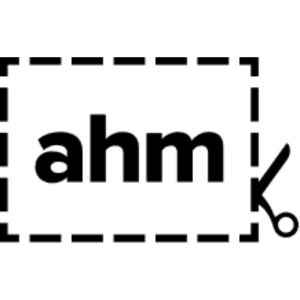Visual processing disorder assessments are valuable tools designed to explore and understand how your child’s brain interprets and processes visual information. These assessments go beyond simple eyesight tests, delving into the intricate ways in which the brain comprehends and utilizes visual stimuli. By engaging in these visual processing disorder assessments, we gain insight into your child’s unique visual strengths and potential areas for improvement. The results help us tailor educational strategies and support, ensuring an optimal learning environment that caters to your child’s specific needs.
Examples of skills we examine in visual processing disorder assessments include:
Visual Discrimination
Visual discrimination is the ability to recognise similarities and differences between shapes, size, colours, objects and patterns. The ability to determine differences and similarities between objects helps us to understand and interpret the environment around us. Visual discrimination is especially important to learn how to read and write.
Visual Memory
Visual memory is the ability to immediately recall what the eye has seen. This skill allows us to remember what a shape, symbol, object or form looked like which is crucial for learning and activities of daily living. The ability to remember what we see is important to process short term memory into long term memory. Visual memory is necessary for most academic tasks such as reading, spelling, reading comprehension, science, math, copying from the board, etc. To complete activities of daily living you also need visual memory to recall where your clothes are or what objects to use to brush your teeth.
Visual Spatial Relationships
Visual Spatial Relationships are the ability to visually perceive two or more objects in relationships to each other and to yourself. The ability to determine spatial relationships is important in everyday tasks. You need to interpret what it means to “stand first in a line”, “sit in front of Johnny” or “put the pencil on top of the paper”. If you have difficulty perceiving spatial relationships it can effect your motor skills, body awareness, problem solving, activities of daily living and your overall performance in school.
Form Constancy
Form constancy is a visual perceptual skill that allows you to understand that a form, shape, object stays the same even when it changes it size, position or is in a different environment. For example, when you see the letter ‘A’ it is always the letter ‘A’ whether in a word, in bigger text or different font. Form constancy is necessary to determine changes in size, shape and orientation and to establish that forms are the same in different environments. This skill is needed to understand that letters, words and numbers remain the same whether in a book, magazine, on a big sign or in a different text or font. It helps us to categorise and sort objects, organise materials, label items and predict characteristics of an object. Children who have problems with form constancy may frequently reverse letters and/or numbers.
Visual Sequential Memory
Visual sequential memory is the ability to remember and recall a sequence of objects and/or events in the correct order. The ability to remember what order in which we see objects is crucial when learning the basics of literacy and math. Visual sequential memory is necessary for most academic tasks such as reading, spelling, reading comprehension, science, math, copying from the board, writing letters in the correct form, etc. To complete activities of daily living you also need visual sequential memory to recall what steps you need to complete when brushing your teeth or getting dressed (i.e. you put toothpaste on before you brush or you put your underwear on before you put your pants on).
Figure Ground Perception
Figure ground perception is the ability to filter visual information that is not important so that you can focus on the relevant visual information. This allows us to find the detailed visual information even when it is part of a busy background. For example, you use figure ground perception when you are reading a flyer on a busy bulletin board. Visual figure ground perception allows us to pick up on details while ignoring extraneous visual information. It is necessary for literacy skills, math skills, activities of daily living and the ability to maintain attention. If you have difficulties with figure ground discrimination you may find it difficult to find important words in text, copy words from the front of the room, read specific information on the board in the front of the room, maintain your visual attention for long periods of time, find objects in a particular place (ie keys in a pocketbook or pencil in a pouch), pick out numbers in word problems, etc.
Visual Closure
Visual closure is a visual perceptual skill that allows you to know what an object is even when the object is only partially visible. For example, if your sock is sticking out from under your bed you recognise it is your missing sock. Another example, is reading words together instead of every letter at a time. Visual closure is necessary to quickly view objects and mentally determine what they are before we see the entire object. It is required for reading quickly, reading fluently and predicting differences in similar words. It is also needed for activities of daily living (i.e. finding lost objects that are partially hidden.)




















